How to choose a baby sleeping bag
•Posted on May 21 2022
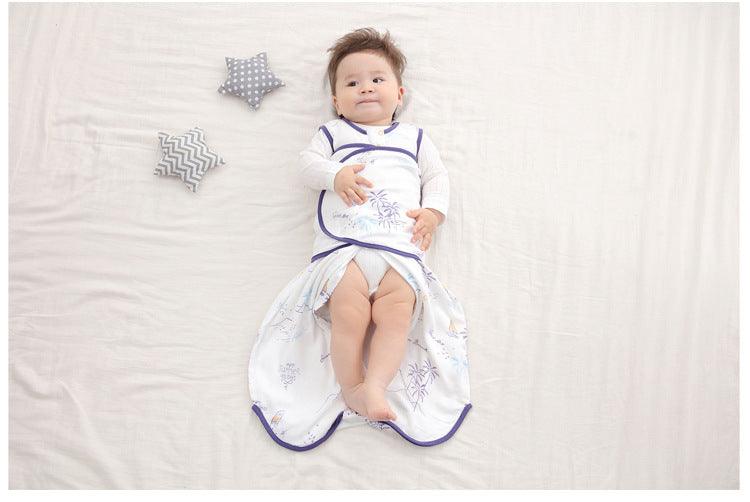
Babies' sleep is always a headache for parents. In particular, the large temperature difference between day and night not only makes babies sleep poorly, but also increases the risk of catching a cold. However, as babies develop, they become more and more active when sleeping: a variety of roll over, side sleep, sleeping on their backs action makes the role of the cover is greatly weakened. At this time, a sleeping bag can be a good solution. Pick a suitable sleeping bag can make the baby and mother can sleep a sweet sleep.
- The three roles of sleeping bags
- Sleeping bags of five common types
- How to choose and product recommendations for babies of different ages
The three roles of sleeping bags
First of all, sleeping bags can provide more security for your baby. Especially for newborns with frequent startle reflex, swaddling sleeping bag can give babies a sense of security and improve the quality of sleep.
Second, prevent suffocation. The American Academy of Pediatrics (AAP) does not recommend using too fluffy items for babies, including pillows, quilts, mattresses, etc. Especially for babies under one year old, if the mouth and nose are covered, they are not capable of getting away. Therefore, sleeping bags should be used during sleep to reduce the risk of triggering sudden infant death syndrome (SIDS).
Third, to prevent kicking covers. Just imagine getting up several times during the night to cover the baby's blanket, it can make people feel exhausted. But the use of sleeping bags can avoid parents frequently get up to help the baby cover, can allow parents to rest. At the same time, it can also prevent the baby from getting cold and sick due to kicking the blanket.
Sleeping bags of five common types
There are many types and styles of sleeping bags. Roughly divided into swaddling, surrender, leg wrapping, undershirt and leg splitting five types, but also according to the sleeved or sleeveless, wrapped feet or not wrapped feet for subdivision.
1. Swaddling style
Newborns who are prone to startle reflexes are recommended to use swaddle sleeping bags. Swaddling your baby to mimic the feeling of being in the womb can alleviate the startle reflex and insecurity caused by external stimuli, reducing sleep problems such as difficulty falling asleep and restless sleep.
2. Surrender style
This type of sleeping bag is suitable for babies who are used to sucking their fingers or stroking their cheeks upwards to self-soothe while sleeping. Surrendered sleeping bag can help them to sleep in a more natural position. At the same time, compared with other types of sleeping bags, it is more snug and can restore the feeling of amniotic fluid squeezing and wrapping in the mother's womb.
3. Leg wrap style
Wrap-legged sleeping bag with a very loose hem and a lot of space for leg movement. Not only for babies who are used to sleeping with legs curled, but also for babies who like to move around while sleeping.
4. Vest style
Compared with leg wrapped and envelope sleeping bag, undershirt sleeping bag hem is generally unsealed and no pant legs. Also, there are no sleeves, similar to an adult's nightgown. The open design is easy to put on and take off as well as to move around, allowing babies to roll over, kick and crawl freely. However, this type of sleeping bag is usually only suitable for summer use, in the air-conditioned room as a small vest, covering the stomach and exposed feet to avoid catching cold.
5. Split-leg style
The split sleeping bag is like a thick coat with two legs separated at the hem. Turning over, kicking, crawling and other movements are not limited to meet the baby's active needs. At the same time, it is more convenient for the baby to stretch his hands and feet while sleeping. It is very suitable for children who can crawl, stand, walk on the wall and walk.
How to choose and product recommendations for babies of different ages
0-3 Month
Recommended:
Swaddling style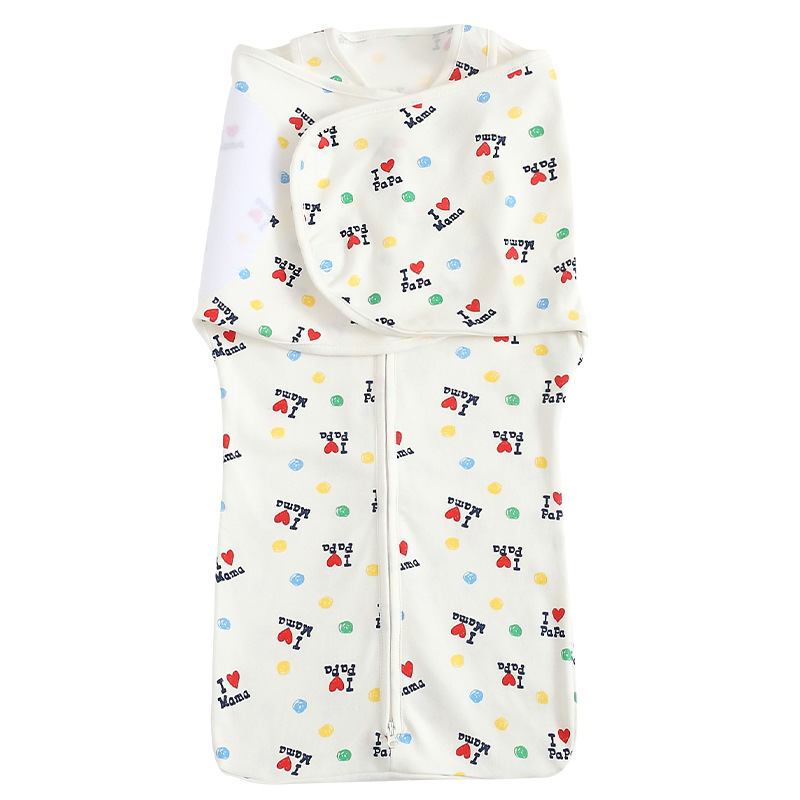
Surrender style
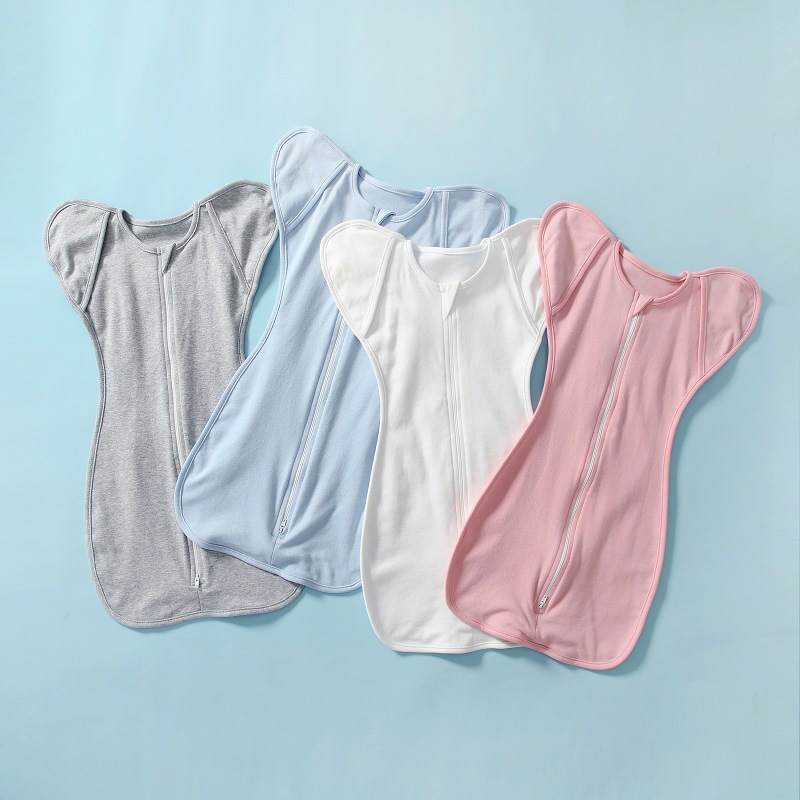
Physical characteristics:
Hands up, cheek stroking, spitting up, like to be wrapped, strong startle reflexNewborn babies have a strong startle reflex during sleep, which usually lasts for 4-5 months. Wrapping can increase baby's sense of security and reduce the chance of waking up due to jumping reflex. The principle of swaddling and surrender sleeping bag is similar to wrapping, but it is easier to operate. It can help your baby fall asleep smoothly and reduce the impact of startle reflex on sleep quality.
3-6 Month
Recommended:
Leg wrap style
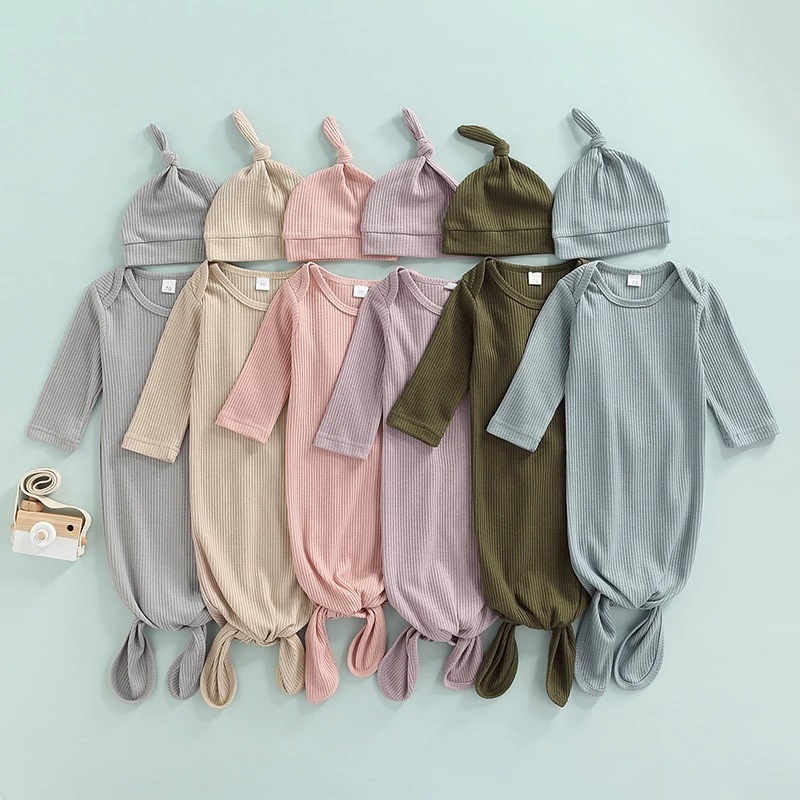
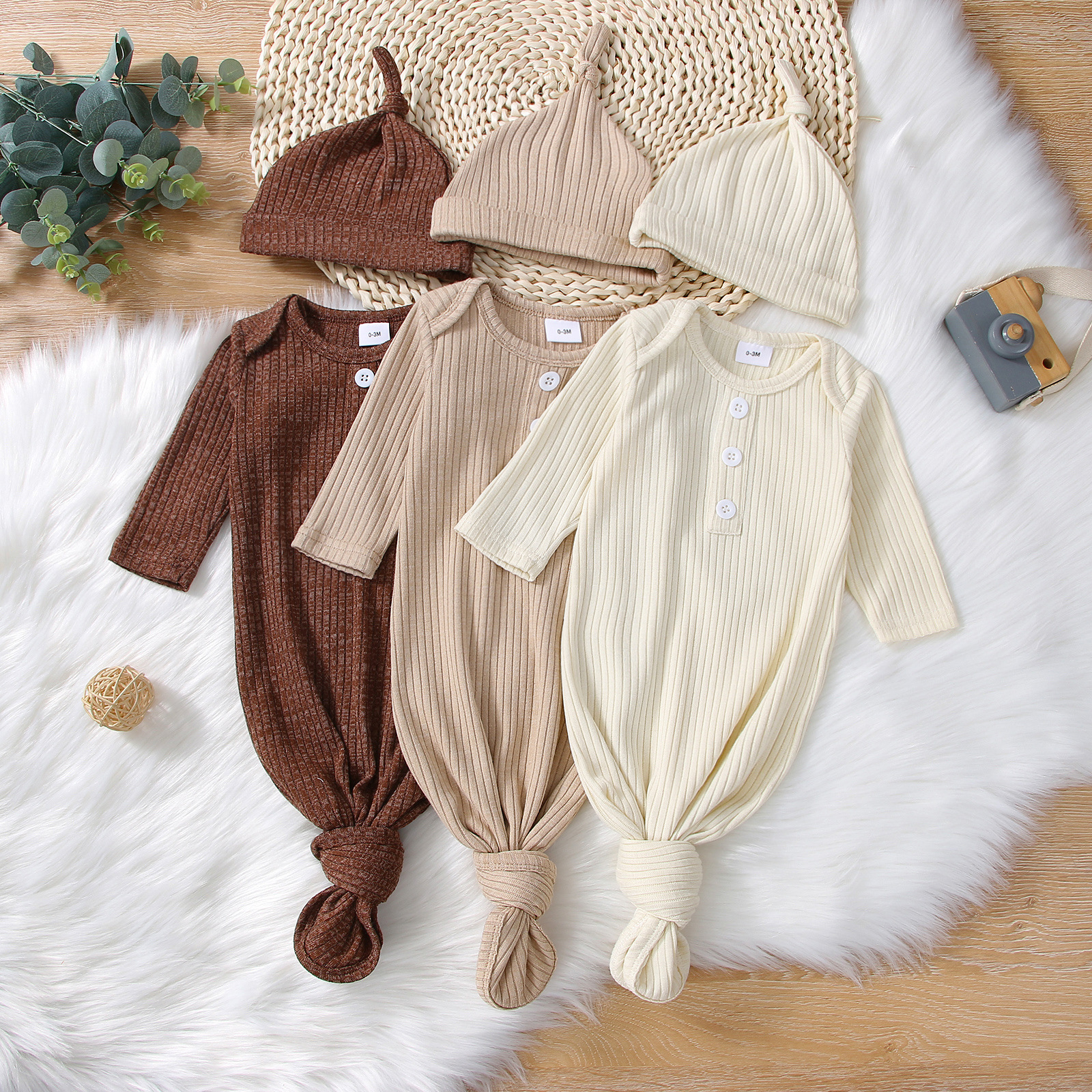
Vest style
Physical characteristics:
Use of limbs to perceive the world, less vomiting
At this stage, babies begin to have a strong desire to explore and become more proficient in the development of gross motor skills such as rolling over. At this time, the use of leg wraps or undershirt sleeping bags during sleep not only provides a sense of security, but also allows their limbs to move freely. Baby's feet can be covered by the non-separate leg hem of the leg wrap or vest sleeping bag, playing a good role in keeping them warm.
6-12 Month
Recommended:
Split-leg style
Physical characteristics
Sitting, gradually crawling, standing on the wall
By 6~12 M, the baby's desire to know their own body is stronger, and they are in a state of rolling, crawling and sitting all the time. The use of split-legged sleeping bag so that the baby's legs move freely, the movement is not restrained during sleep.
1-6 Year
Recommended:
Split-leg style
Physical characteristics
Quick crawl, quick walk, quick run, etc.
Many parents may think that their child may not need a sleeping bag after the age of 1, but in fact many brands of split-leg sleeping bags are available in sizes suitable for children over the age of 1. In fact, the split-leg sleeping bag will be the longest growing with the child, can be worn until the age of 6 or the child does not want to wear.
It is important to emphasize that style is not always chosen according to age. Each baby's habits and growth rate is different, and the "skills" learned at each month or age are different. Therefore, we should follow the actual characteristics of the baby and the growth and development of the situation to choose the style. For example, surrender sleeping bag has a good soothing effect, but some babies are born to hate restraint and sensitive, their hands and feet may simply do not want to be tied up; or, some babies are very good development of large movement, like to roll over, crawl, hold the wall to walk, then split-legged sleeping bag is more suitable for them. So, two words to sum up the choice of sleeping bag style: variation, find the right sleeping bag for your baby will not be wasted.
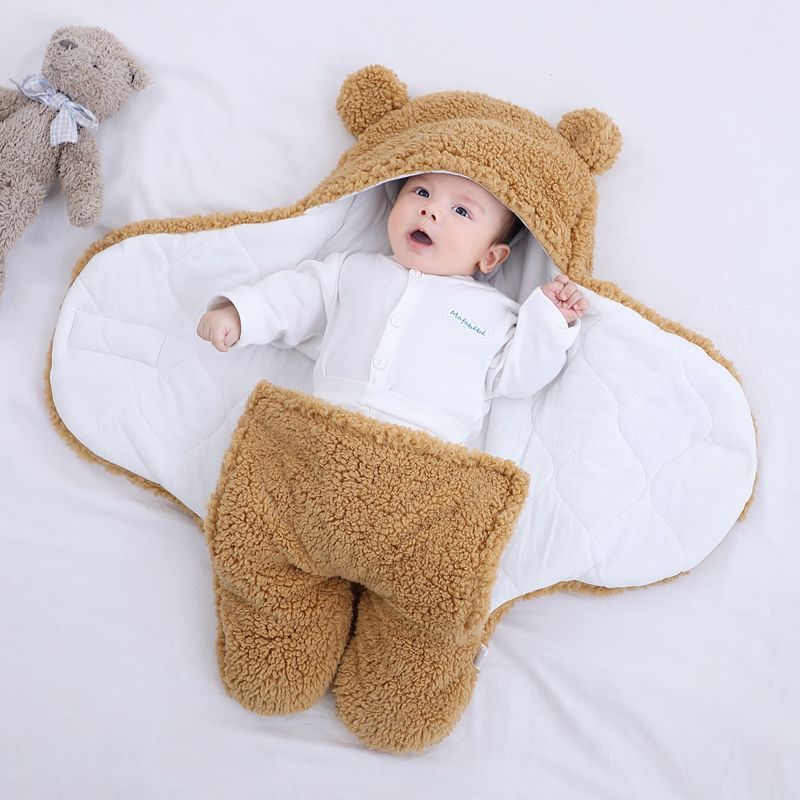

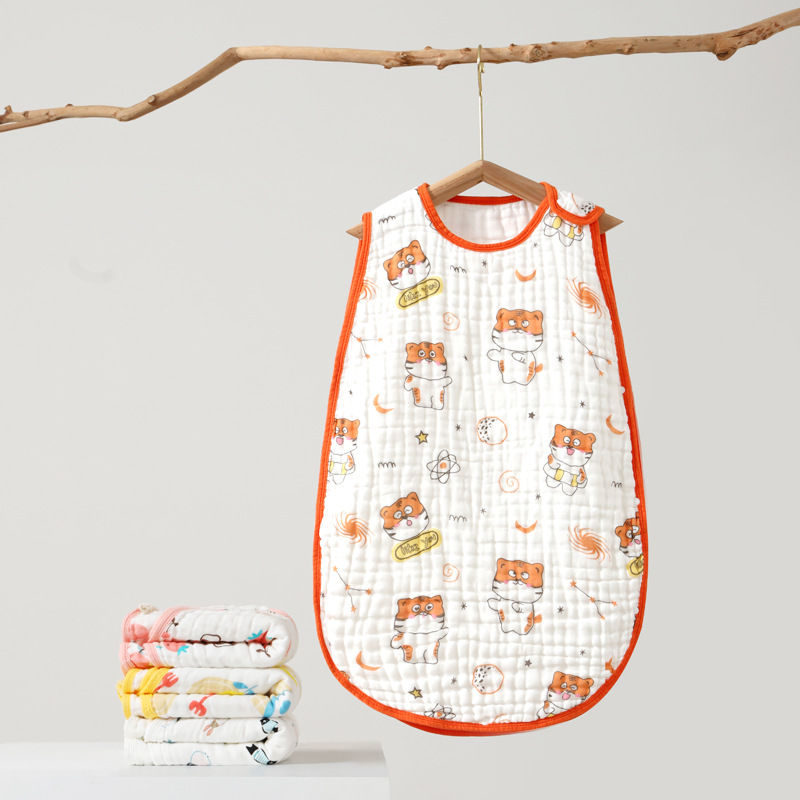


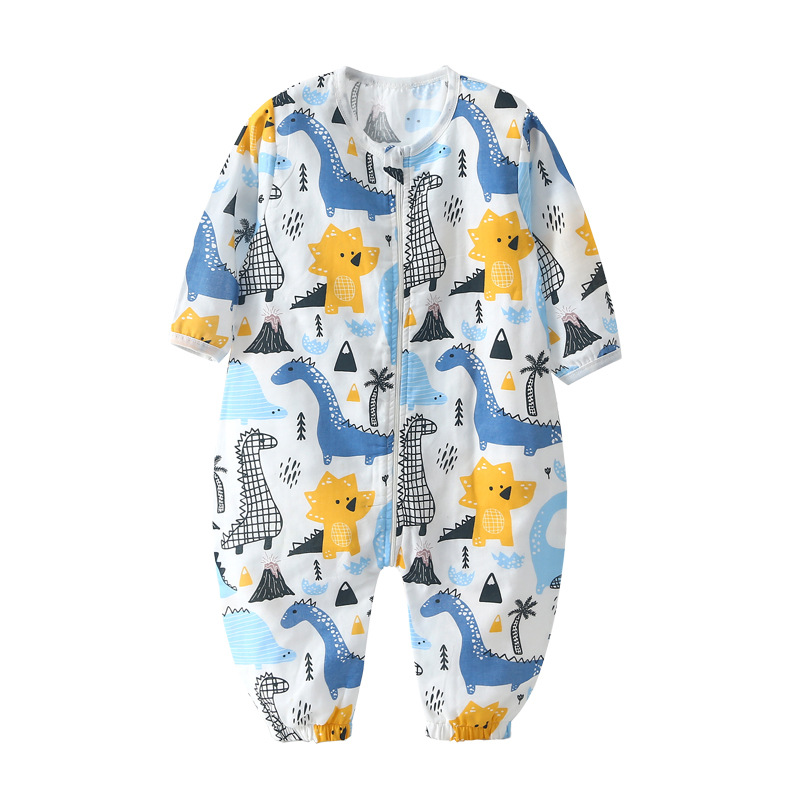

Comments
0 Comments
Leave a Comment